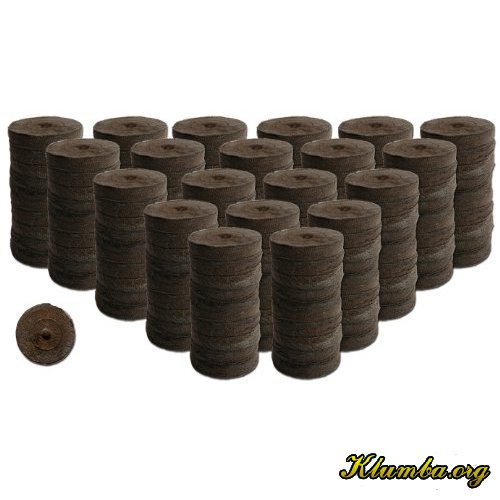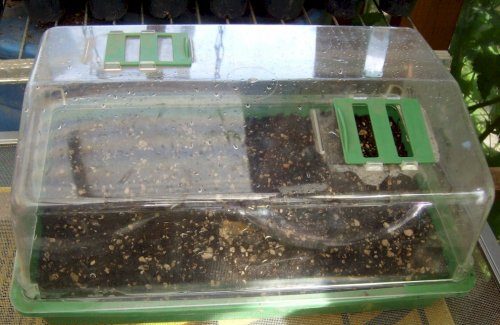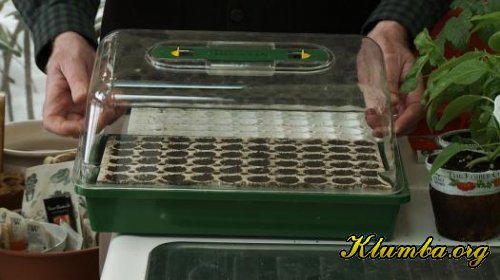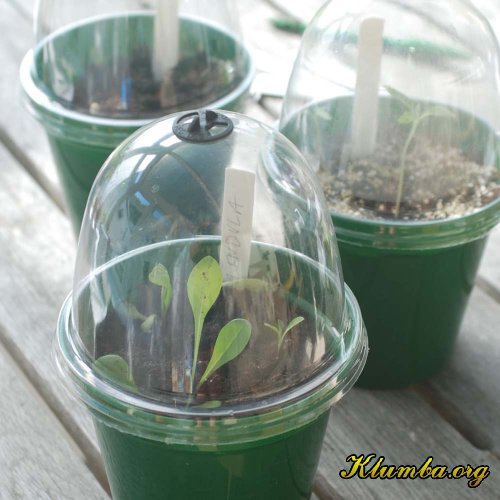Houseplants are usually propagated in spring or summer, although there are a number of plants, such as violets, ficuses, that can be propagated throughout the year. Of course, in the autumn-winter period, rooting is much slower than in spring or summer.
There are two main methods of reproduction – seed and vegetative .
Seed reproduction
Many indoor plants, such as cyclamen, calceolaria, geranium, cyperus, as well as cacti, lithops, some palms and many other flowers, are propagated by seeds. In this case, varietal characteristics may be lost due to the inheritance of the traits of both parents by the daughter plant. So, the doubleness and variegation inherent in the mother plant may not appear in the daughter plants.
Disadvantages of this method:
- later flowering compared to plants obtained vegetatively.
- it is not always possible to assess the quality of the seed by eye, wasting time and money, acquiring low-quality seed.
Strengths:
- for breeders, seed propagation is the only tool for developing new varieties and hybrids.
- the possibility of transferring seeds by means of postal and other parcels over long distances, which is quite relevant in the modern world.
The flower grower, in turn, is very interested in watching the development of a flower from a tiny seed into an adult, beautiful plant.
Dishes for plant seed propagation
Seeds are sown in small pots, plastic cups and other small containers. On sale there are special cassettes for sowing seeds, both open and with transparent plastic lids, to create a greenhouse, or a mini-greenhouse.
Soil for seeds
The soil mixture must be air and moisture permeable. You can make it yourself by mixing 2 parts of leafy soil, 1 part of turf and ½ part of sand.
Also on sale there are special peat-distillate tablets in which seeds are sown.

If you sow 1 seed per tablet, then it is easy to transplant the plant later without injuring the root system. In specialized stores, you can buy soil mixtures for seedlings or for each specific plant.
If you make the soil mixture yourself, you need to sterilize it; for this, a small amount of the soil mixture is heated in an oven, microwave or in a water bath. The latter method does not lead to drying out of the mixture, but the heating temperature in this case is also lower.
Humidity
Seedlings are vulnerable to drying out, so they need to create a greenhouse effect by covering the crops with a film, a jar, or a plastic bottle. The main thing is that the so-called “cover” freely let the sun’s rays through. But, here one more danger lies in wait – under the cover the seedlings can vanish.

Due to too humid air, seedlings can be affected by such a fungal disease as black leg, the pathogens of which live in the soil. Therefore, every day the cover is first removed for 10-15 minutes, and it is enough to turn the film every day so that the condensate that forms on it can dry out.
The soil mixture is well moistened before sowing. When there is a need for watering, it is recommended to produce it by spraying or in a pan so that the seeds are not washed out and the seedlings are not damaged by large drops of water.
Features of some seeds
Not all seeds need to be covered with earth. Small-seeded crops (gloxinia, begonia, peperomia) are usually not covered with soil, and the seeds are sown on the surface of the soil mixture previously pressed down by hand. The planting depth recommendation is usually found on the seed package.
It happens that in order for a seed to germinate, you need to break its shell, in other words, stratify. This often applies to seeds with a hard, thick shell.
In order for the seeds to sprout, they need a certain temperature. This indicator is primarily associated with the natural geographic distribution of the plant. Seeds of tropical plants germinate mainly at 22-26 ° C. But, probably more important is the optimal temperature in the early stages of plant development. So, with an excess of sunlight and high temperatures, the seedlings stretch out and lie down, which leads to a loss of decorative effect.
After sprouting, in most indoor plants this happens after 15-20 days, the temperature is lowered by 3-5 ° C in order to prevent stretching.



